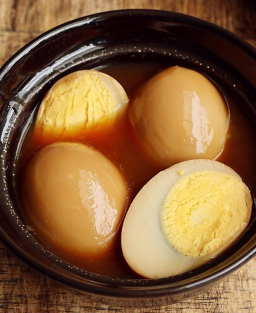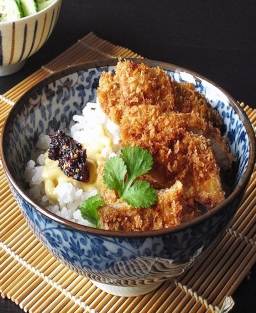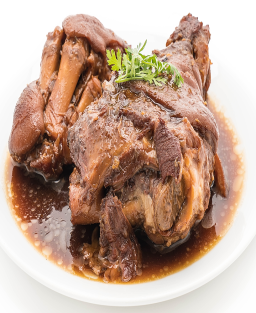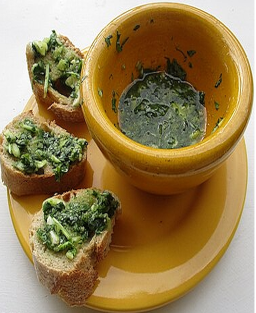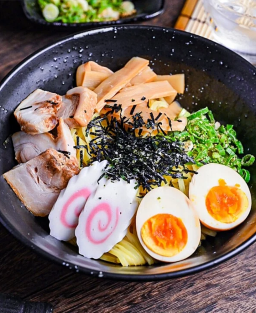- Out-of-Stock
Ajitsuke Tamago (味付け玉子) — Japanese Marinated Eggs as a Topping for Ramen Bowls
Ajitsuke Tamago (味付け玉子) — Japanese Marinated Eggs as a Topping for Ramen Bowls
1. History and Tradition
Ajitsuke Tamago, often called soy-marinated eggs, are a staple of Japanese cuisine, especially as:
-
Origin: Their emergence is closely linked to the evolution of ramen in Japan—a dish imported from China in the early 20th century that quickly became a cornerstone of Japanese gastronomy.
-
Tradition: These eggs are cooked to perfection (with a slightly runny yolk) and then marinated in a sauce made from soy sauce, mirin, and sometimes sake and sugar. The result is a fragrant, sweet-salty egg with a deep umami flavor that perfectly complements the rich ramen broths.
-
Popular culture: They are also found in bentos and other Japanese dishes, often homemade but also sold in supermarkets.
2. Classic Authentic Recipe
Ingredients (for 4 eggs):
-
4 fresh eggs
-
100 ml Japanese soy sauce (shoyu)
-
100 ml mirin (sweet rice wine)
-
50 ml water
-
1 tablespoon sugar (optional, for balance)
-
(Optional) 1 tablespoon sake (Japanese rice wine)
-
(Optional) a few slices of fresh ginger or crushed garlic for flavor
Preparation:
-
Cooking the eggs:
-
Boil the eggs in boiling water for 6 to 7 minutes (for a runny yolk) or 8 minutes (for firmer yolk).
-
Immediately transfer to an ice bath to stop cooking.
-
Carefully peel the eggs.
-
-
Preparing the marinade:
-
Mix the soy sauce, mirin, water, sugar, and sake in a container.
-
Warm slightly to dissolve the sugar, then let cool.
-
-
Marinating:
-
Place the peeled eggs in the marinade and cover.
-
Refrigerate for at least 4 hours, ideally overnight (8–12 hours). The longer the marinating time, the stronger the flavor.
-
-
Serving:
-
Cut the eggs in half; the yolk should remain slightly runny and fragrant.
-
Serve as a topping on ramen, salad, or as a side dish.
-
3. Regional and Modern Variations
-
Dry marinade (shio ajitsuke tamago): Some replace the liquid marinade with a dry mix of salt and sugar for a subtler flavor.
-
Miso marinade: Using a sweet miso blend instead of soy sauce for a richer, more complex taste.
-
Spicy marinade: Adding chili, sesame seeds, or chili oil for a spicier version.
-
Variable marinating time: Some prefer a short marinade (2–4 hours) for a lighter taste, others up to 24 hours for a very flavorful and richly colored egg.
-
Alternative cooking: Sous-vide cooking for ultra-precise texture.
4. Important Notes
-
The quality of eggs is essential: fresh eggs, preferably organic or from free-range hens, give the best flavor.
-
The marinade should not be too salty to avoid overpowering the egg’s natural taste.
-
Perfect egg cooking (neither too raw nor too hard) is the key to this preparation.
Summary
Ajitsuke Tamago are soft-boiled eggs marinated in a flavorful mixture of soy sauce and mirin, sometimes with sake and sugar, becoming a signature topping of Japanese ramen. Their unique taste combines sweetness, saltiness, and umami, with a melting texture that makes them beloved.












